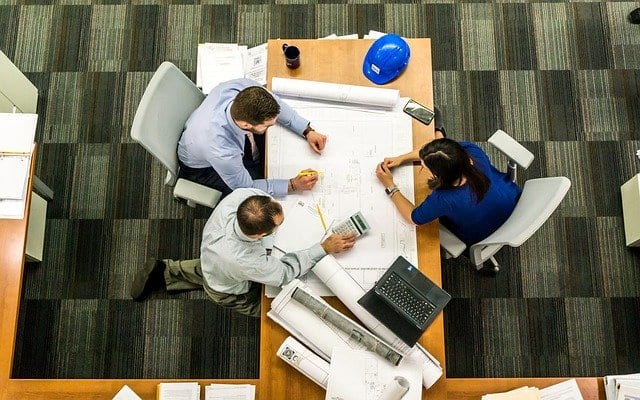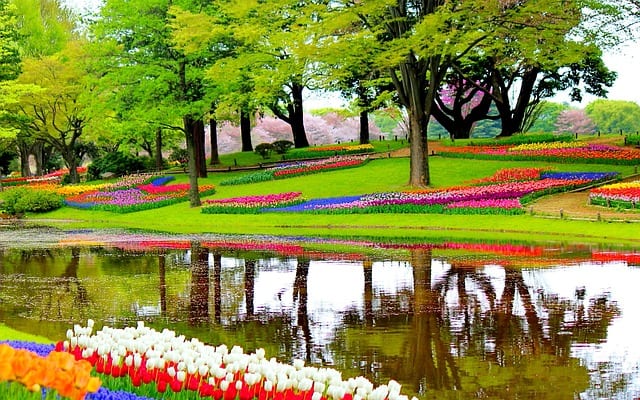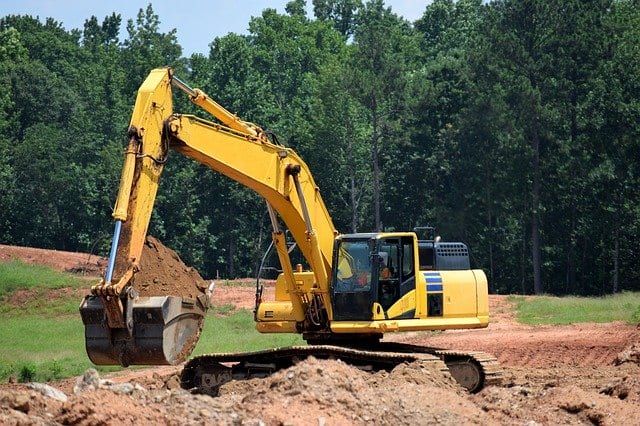
It has been said that great landscape designs are not created; they are assembled.
The creative process inspires, compares, and contrasts, but its primary job is organizing elements so that they can be assembled. Applying this mindset to your landscape projects will give them clarity and focus to meet deadlines and budgets.
Many are the designs that ramble on and out of control. They seem to be looking for an anchor or foundation that pulls the pieces together. Lacking one can lead to costly production delays and rework, not to mention the maintenance nightmare that follows.
That foundation is a unified purpose or theme that acts as a filter to simplify decision-making. It brings clarity to the pieces of the puzzle that must be assembled to realize the vision.
In the end, it increases the likelihood the project will be considered a success by everyone that experiences it.
The following framework will take you through the vital stages of this practical landscape design approach.
#1. Clarify Your Vision
The surest way to have a landscape design that works is to clarify your vision before designing.
It is indeed helpful to collect ideas and weigh the pros and cons of each. However, the time comes when you have to limit those inspirations and clarify your vision.
This is the most important step in the design process. The greater the clarity the better, but even a fuzzy vision is better than none at all.
This is the difference between creating a design and building one. Many people believe the creative process is one of tapping into the subconscious and it is. However, you need a destination before you can engage your creative juices to build the path.
Have a vision. Start with the end in mind.
#2. Choose A Theme and Style
If the vision is a visual representation of the completed landscape the theme is what makes it your own. The theme explains why that landscape exists, how it will be used and appreciated, and by whom.
A theme brings more clarity to the vision by highlighting its purpose. This purpose becomes a filter that simplifies the identification of the necessary landscape elements.
Personal style further amplifies and clarifies the vision. Your personal style is something that may not be easily communicated but you know what it means to you. It will come through if you make the effort to capture it in words, colors, textures, and then choose landscape elements that express those qualities.
#3. Set The Topographic Stage
To maximize the utility of landscape elements it’s necessary to understand how to make the most of the current topography. For most landscapes, this may involve the soft shaping of the land to accommodate surface drainage.
For architectural landscape designs, it will consider existing and planned structures and the spaces that connect them. It also includes views that you want to maximize, such as framing horizons and further emphasizing them from different viewpoints.
It will also include minimizing objectionable views or influences such as traffic noise or screening a planned swimming pool area for privacy.
This is truly the beginning of the jigsaw puzzle that is the landscape design. Introducing or changing anything necessarily requires consideration of the overall topography, at the very least in terms of drainage.

#4. Assemble The Landscape Elements
You may be wondering why budgeting hasn’t been discussed by now. There is a reason it comes later and that is to not limit what will make your vision possible.
Nearly every landscape element has variable costs. There are large and small trees and expensive, moderate, and inexpensive paving materials. Stay true to your vision and first and then back into the budget.
You want to give the most thought to the permanent elements that carry the greatest value. For example, if a swimming pool is involved in the design you must get that right.
Once again, think of this as a jigsaw puzzle with different sized pieces. A swimming pool is a huge piece that dominates the landscape. Any uncertainty needs to be worked out before moving on to smaller pieces such as the pool house, walkways, and plantings that surround them.
Every living landscape element has a root system that must be respected if they are to thrive. In fact, in many municipalities, landscapes must be at least 35% green space. Green spaces absorb heat and water and soften hardscapes to achieve a suitable balance.
For this reason, you may wish to organize your landscape elements into three categories, living, permanent, and flexible, or temporary. The latter could include outdoor furniture, playsets, and sculptures.
#5. Balance Budgets and Installation Phases
A talented landscape designer will know how to phase in construction phases if that becomes necessary to manage the budget or lifestyle timeliness.
He or she will plan for the least disruption of the current landscape to accommodate new phases.
You will want to keep in mind that mobilization is required for each phase. This is typically around 5% of the total project cost. Thus, breaking a project into 3 phases increases the cost an additional 10% for the 2nd and 3rd phases.
When choosing landscape elements it helps to identify a high, medium, and low-cost alternative for each. This could be small, medium, and large plantings or slightly different plant species.
For hardscapes, the material costs are one factor and so is installation labor. Combining both into a unit cost be square foot makes budgeting easier.
As you assemble these landscape elements the budget will come together. To further refine it is simplified by trading-off high, medium, and low-cost versions of each element.

#6. Plan For Lifestyle and Maintenance
Do you know why nearly every landscape buyer demands low-maintenance? He or she has experienced or heard about a newly built landscape project that is falling apart.
These unfortunate circumstances are typically not maintenance problems. They are design problems.
Personal style and preferences all make landscape designs better. And you should get everything you want from your outdoor environment.
However, there are trade-offs because the landscape elements have to work together. For example, plants drop leaves that discolor hardscapes and their root systems can compromise them too.
Landscape designing is a dance that seeks to incorporate your lifestyle preferences into a unified plan that considers its long-term use and care
The art of that balance requires weighing priorities. It’s important to understand the maintenance requirements to sustain your landscape vision.
By making that part of the plan from the beginning you will guarantee your project’s success.
